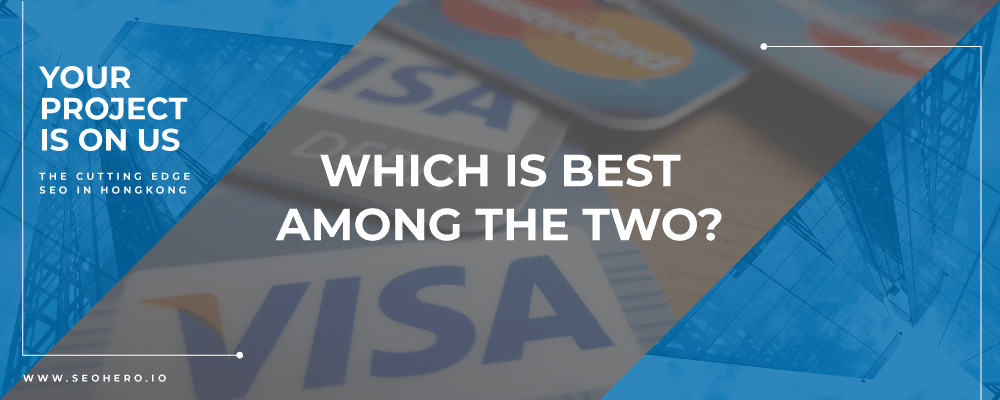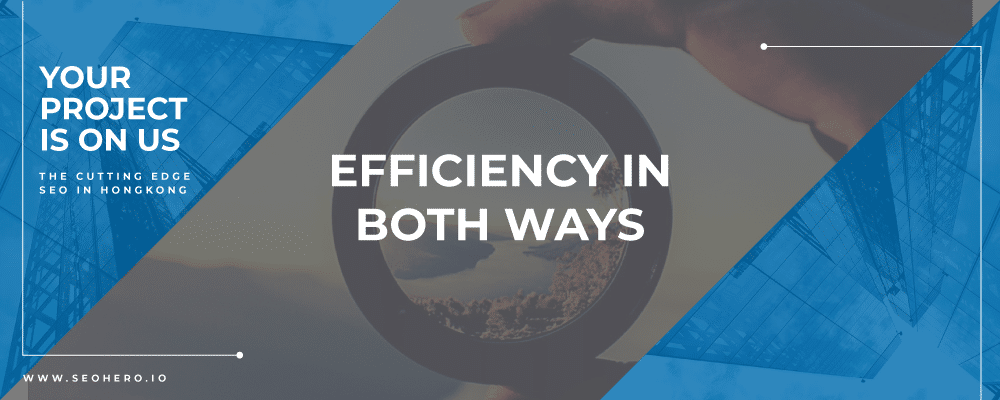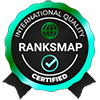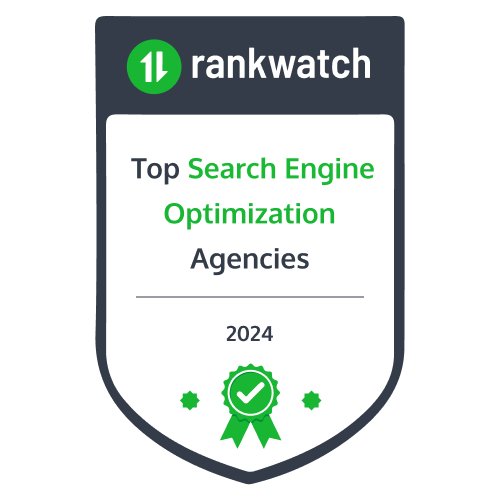
Today We Discuss the Relationship between SEM and SEO
From a simplistic point of view, the SEM (Search Engines Marketing: Marketing search engine) and SEO (Search Engines Optimization: search engine optimization) are tools that the site creators, those that promote and sell certain products or services, use to get the most exposure and improve the positioning of their website.
Definitions of SEM and SEO
SEM and SEO are not the same things. As suggested by their name, the SEM, or Search Engine Marketing, deals more with how a website is marketed to improve its visibility, its exposure, in the various search engines available on the Internet. While SEO, Search Engine Optimization, defines how web designers develop and re-develop the content, quality, and structure of their entire website, so that every time that a user enters a particular word in the search engines, their website has a better chance of appearing in the first positions of the results (SERPs).

Search Engine Optimization
SEO, or organic SEO, is a constituent of SEM. The work done in SEO is intended to make a powerful website appear in the results of search engines when users are doing research related to your industry. According to Google, organic SEO serves to boost traffic to a specific website using the best search engine results.
Interested in learning about How SEO Works in Hong Kong
The advantage of the SEO discipline is the ability of websites to be always on the lookout for Google’s changing algorithms and adapt to increase their chances of being ranked well on the search engine. SEO focuses only on the natural results displayed by the search engines (including Google, the most important) and for which you have not paid to display your website.
The best positioning you can get is to appear in the 1st place on the 1st page of the search results for the keywords of your core business. Used, not only does SEO help a site become more useful and thus more visited by users, but it also helps to increase its visibility since it allows for better positioning in the engines.
Optimization is not a simple task, nor easy. It induces the regular restructuring of the site (by editing the HTML code and meta tags, modifying the content, reorganizing the site map, developing a more fluid navigation structure, etc.) to adapt to changes in requests.
Components of SEO

SEO is composed of two distinct factors:
- Website optimization
- Social media
- Page loading speed
- The authenticity of the content
- Using keywords and keyword analysis
- URLs neat and formatted
- Optimized content and blog
- Meta-tags, title tags, and meta-descriptions
- Offsite optimization
- Using social navigation sites, such as Reddit and Stumbleupon
- Sharing on social networks
- Use of backlinks and other methods of website promotion
Search Engine Marketing

The SEM is actually a broader term that encompasses all the efforts made to increase the visibility of a website in the search engine results, whether it is natural results so free (SEO) or sponsored results so pay.
According to Wikipedia, “Search Engine Marketing (SEM) belongs to search engine marketing. It aims to increase the visibility of a site on the search engines, either by optimizing the site for given keywords or by an appropriate policy of buying commercial links on the search engine results pages. Research.”
The SEM, therefore, includes SEO, managing the reputation of your website on search engines, advertising, and sponsored ads, including Google Adwords, etc. Clearly, the SEM is working to increase the traffic on your website, whether it is free traffic (obtained by the SEO), or paid traffic (obtained by advertising campaigns).
Increasingly, in the context of web marketing, we use the term SEM for everything related to paid campaigns, to differentiate it from SEO which focuses on obtaining free visibility. To put it simply, in this article, we will use “SEM” for everything related to “paying” and “SEO” for all that is “free and organic”.
Google Adwords is the best-known organization in this regard. Through Google Adwords, your ads may appear in Google’s search results. Payment is made on the number of clicks. Yahoo and Bing have similar, but less popular, embedded systems.
SEM Components

Besides search engine optimization, SEM includes the following:
- Sponsored links
- Announcements
- Paid search, the SEM consists of pay-per-click ads (sponsored links) for mass campaigns. CPP and SEO are both sub-components of SEM.
Differences between SEM and SEO
SEM and SEO should never be used since SEO is a sub-component of SEM. However, they work in synergy.
The main difference between these two terms is that search engine optimization is simply a component of search engine marketing. As mentioned above, SEM includes paid search components, such as the PPC and still the SMM (social media marketing).
Other differences are:
- Display in the search engine results page
Web marketers most often use the acronym SERPs (Search Engine Results Page (s) to denote the results displayed on the different pages of the search engines.
Take Google, since it’s the most important. When you do a search, two types of results are displayed: organic results and paid search results. They are displayed in different places on the page.
Note that the positioning of your site in the natural results is essential because the visits that you obtain are targeted and, in principle, you have not paid anything to obtain them (unless you have used the expertise in SEO of a professional).
- Origin of the traffic of your website
SEM: you have the ability to precise control for which keywords you want your website to be positioned, and how much you are willing to pay for results. As for a product/service advertising campaign, you can decide which pages of your site you want to highlight and how often they appear in the paid results (in red in the image above). Clearly, you control your efforts from A to Z and your budget.
SEO: On the other hand, your SEO work depends on several factors that you can not necessarily control. Certainly, you control the content that you publish on your site, but you cannot always influence the processes set up by Google to determine the other criteria that make the quality of your site. All your efforts are directed toward the goal of appearing naturally in Google’s organic results. We call the visits obtained through SEO “free traffic” because, a priori, with or without a budget you can optimize your site to improve its chances of being well-positioned. However, if you want tangible results, you should consider using the services of an SEO expert (and that means spending a budget).
- What efforts are made for each strategy?
SEO:
Whatever the tools used and the efforts made, search engine optimization consists of 2 components: “On-site” and “Off-site”
On-site SEO is all about improving the elements of your website itself (hence the term “on-site”, directly in your site), among which:
Optimization of the Metadata of each page of the site by taking care to incorporate targeted keywords directly related to your activity: optimization of the titles of the pages (Title tags), Meta descriptions, tags of the images, etc. (review what the Meta tags are in our previous post)
Improving the quality of your pages’ content, including blog posts, with a good content strategy.
- A good formulation of the URLs of each page.
- Optimization of the loading time of your site and its pages.
- Integration of buttons for sharing your pages on social networks.
The off-site SEO brings together all the techniques that contribute to your site being viewed by Google as an authority in your field. Much of it is thought of as the “link building” of attracting and getting quality links from other sites pointing to your site.
“Quality links” means natural links created in quality and relevant content and published on sites or blogs that are themselves already perceived as relevant sites by Google.
And since your site is mentioned by other quality sites, Google takes into account by ranking you in front of your competitors who do not have these links of quality.
For example, you are a painter specialized in house exterior painting. You have many years of expertise and you stand out from your competitor’s thanks to a new innovative painting technique.
By optimizing the content of your website (so SEO on-site), you will attract blogs or web magazines dedicated to home renovation (for example) who will talk about your innovative technique by mentioning your website, of course, without compensation, only for the relevance of your activity, directly related to the more general theme of “renovation”.
Of course, there are several other “off-site” parameters that make the relevance and authority of a website, and this brings us back to the point mentioned above: some parameters cannot be manipulated … unless you use unsavory SEO tactics and take the risk (very high!) of being heavily penalized by Google (we will come back in a future post).
Other off-site SEO practices include sharing your content on different social media platforms. Again, the more your website is relayed on different networks, the more Google takes into account to determine the interest and usefulness of your pages, and therefore their ranking, to benefit other users who also seek products/services in your industry.
SEM:
Some of the practices used in SEM include the use of pay-per-click (PPC) advertising campaigns of which Google Adwords is a part.
The PPC campaigns (pay per click sponsored links) include paid ads in search results of Google, Yahoo, and Bing, as well as ads on Facebook. The term “pay-per-click” comes from the fact that you only pay when someone clicks on one of your ads.
In some cases, the campaigns run on the PPM (pay-per-impression) system where the advertiser is billed for each “1000 impressions” (an impression = your ad appears once on a page displayed on the screen. ‘Internet user).
The most used PPC program is Google, AdWords, which is the platform on which 90% of PPC campaigns are run. And the most used format is that of “text ads” that appear in the search results of Google (the boxes in red in the image above).
SEO vs. SEM (Which is the best?)

Most online marketers often argue about the viability of one over the other. However, the majority of traders agree that SEO is the best method. SEO is interconnected with SEM, and the use of one without the other is a strategy doomed to failure.
Otherwise, in some situations, the pay-per-click (PPC) is much more viable than SEO. For example, to acquire immediate traffic following a launch, an organized PPC campaign is needed because the results are much faster than the SEO. However, staying confined to the PPC is bad for an eCommerce, since SEO is a necessity.
While organic SEO takes longer to bring benefits, it generates credibility and reputation in the market, which is not possible in the case of CPP. Finally, when starting an e-commerce business, it is best to assess the needs and demands and provide a divided effort.





